Many thanks again to Danny for sharing this cassette.
Legendary Late Pandit Balaram Pathak
'This great musician was also a great man. His real simplicity and
unaffected manners, his laughing and mischievous eyes from which a child-like
purity filters out, are eloquent enough. In one word: he is a true
Artist.'
Late Pandit Balaram Pathak is one of the most important sitar players of
the former generation. He influenced many sitar players and got recognized by
many great musicians for his unique style.
Pandit Balaram Pathak's family traces ancestral tradition to Gopal Nayak;
Lt. Pt.Ramgovind Pathak, the renowned musician, sitarist and surbahar player.
His family was of refined musical stock, his Great Grand father Lt. Pt.
Dinanath Pathak was a great Dhrupadi. Pt. Balaram Pathak is acknowledged as one
of the greatest sitar players in Northern Indian music in India. He was born on
November 5, 1926 in Balia, Uttar Pradesh. He learned the art of playing on sitar
and surbahar in his early childhood under his talented father. From the age of
ten he practised sitar and surbahar eighteen hours a day for the next sixteen
years, learning Sur-singar (instrument) and vocal music. At the age of twelve he
gave his first public performance at Murshidabad, West-Bengal.
Balaram Pathak's debut concert dates back to 1938. As a winsome boy in his
early stages, he played with rare artistry creating unprecedented sensation and
great impact on the master musicians.
At a very early age he became the court musician of Maharaja Kamla Ranjan
Royin Kasim Bazar, Murshidabad, West-Bengal. His talent has been able to graft
all the finer points and subtleties of Dhrupad and Khayal in the
instrument.
Balaram Pathak's style consisted of a unique combination of the qualities
of novelty and perfection in exposition of the Indian ragas. His alap, meends,
mukris, gamaks, zamzamas, ulta zhala created an atmosphere of ideas and feelings
which was at once serious and moving. Pathak's individual talent along with the
tradition of this Gharana has produced a living legend. Based on his extensive
and erudite research of the Carnatic (South Indian) and North Indian styles of
music he had made immense contribution to classical music by way of his
compositions and introductions of new Ragas like Latangi, Charukeshi,
Sanmukh-priya, Amrit-versa, Bakra-madhama Tori, Mukhari, Lilawati, Ahiri
etc.
Awarded of 'Sur Sadhak' title from Calcutta Conference, he had two discs to
his credit. Pandit Pathak renders even rare and difficult ragas with commendable
fluency, and will be held in high esteem in the minds of true music
lovers.
After having been nominated for the head of the department in the Music
faculty of Khairagar University in Madhya Pradesh for some years, Balaram Pathak
shifted in 1980 from Calcutta to New Delhi. Balaram Pathak participated to the
most prestigious annual music festivals of the country and has been regularly
performing for All India Radio (A.I.R. Calcutta, A.I.R. Delhi).
Specially delegated by the 'Government of India', Pandit Pathak visited the
European countries. He was awarded the prestigious Sangeet Natak Academy Award
in 1989. He has a unique credit of inventing the 'Raag Bahadur Shastri',
dedicated to our late Prime minister, Lal Bahadur Shastri.
Pandit Balaram Pathak expired on 15th February 1991, in New Delhi.
Patrick Moutal 1986 (Ocora LP 558 672-73)
from:
http://www.ashokpathak.com/Ashok_Pathak_pages/Balaram_Pathak.html
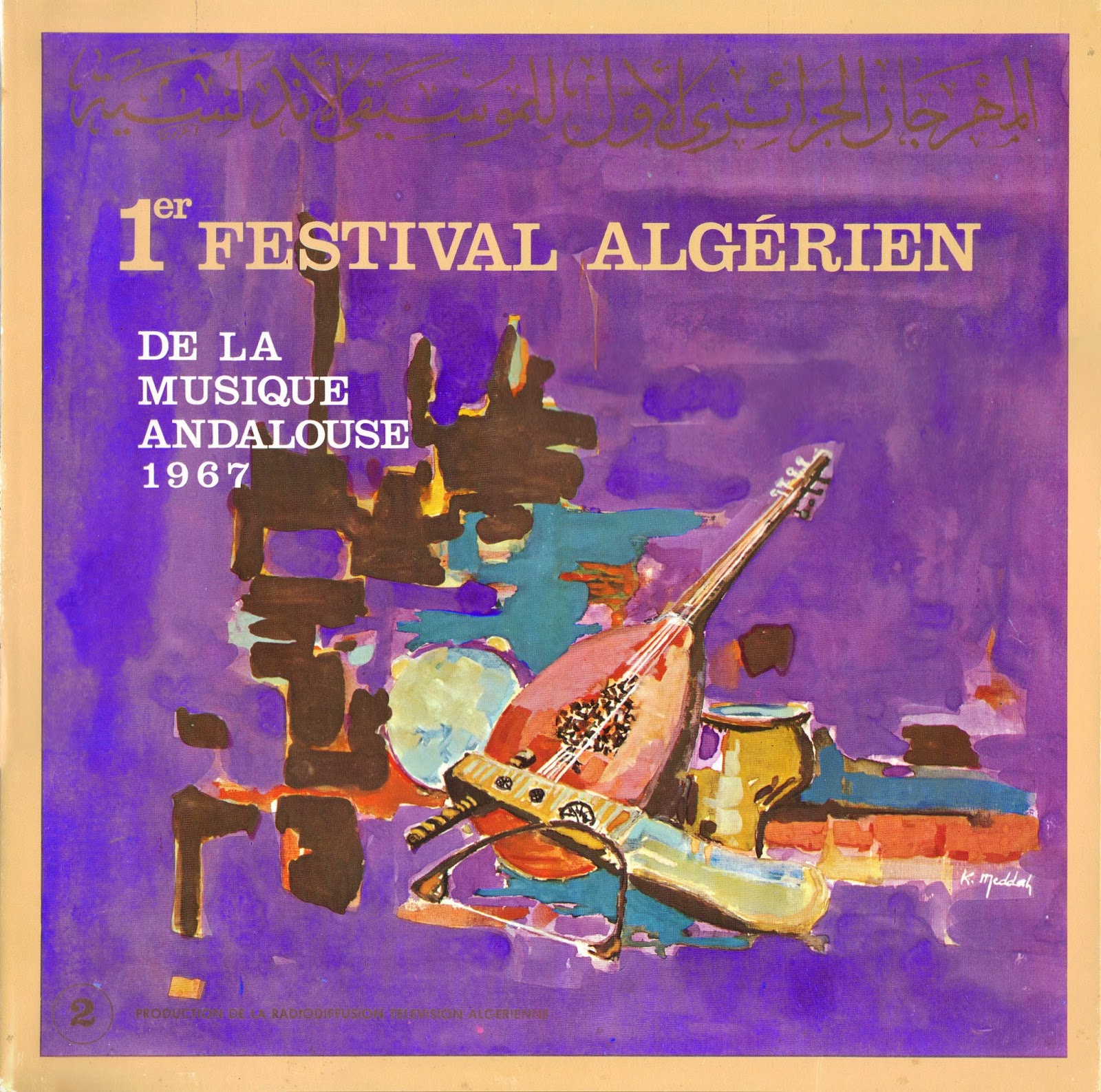
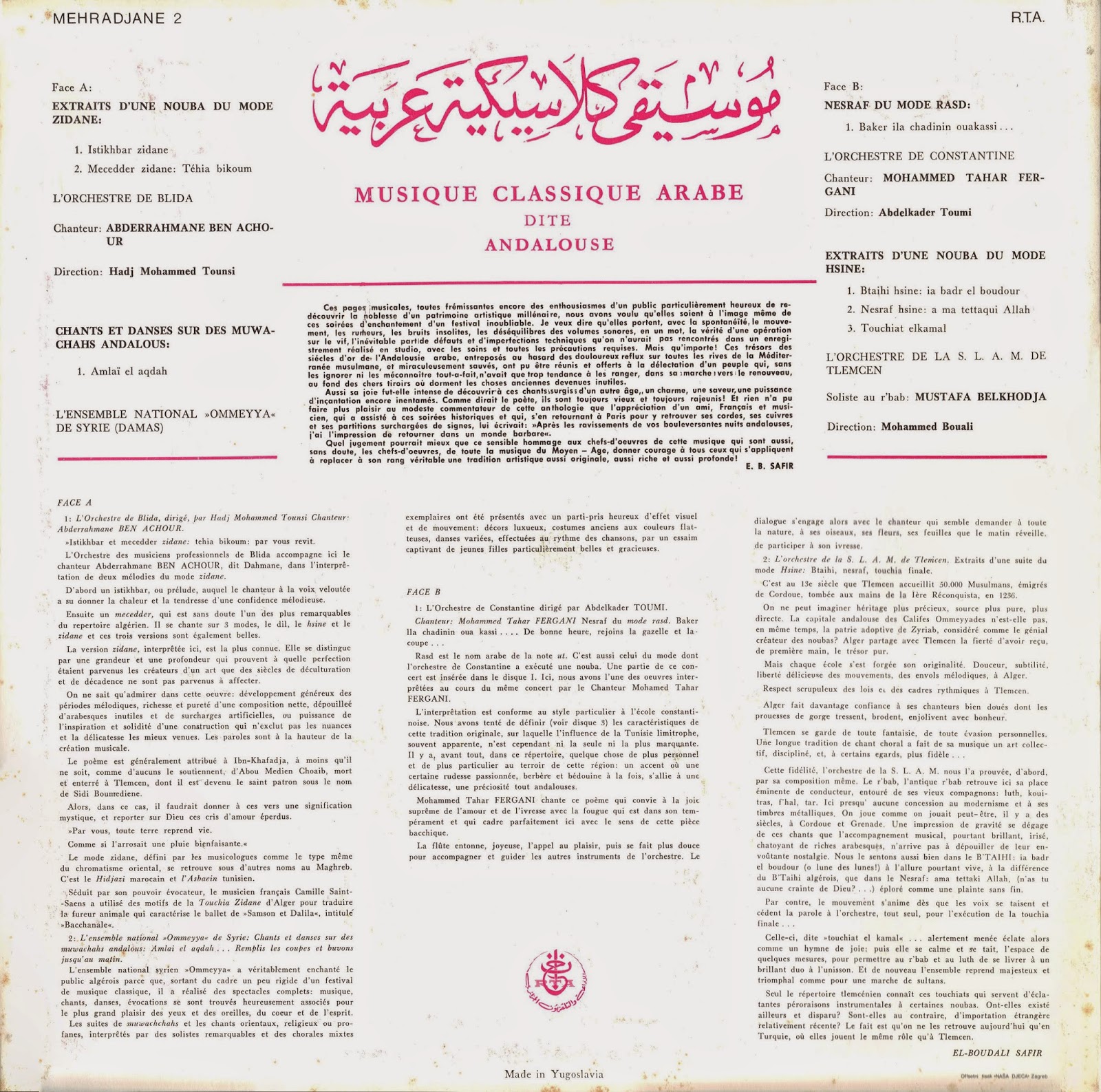
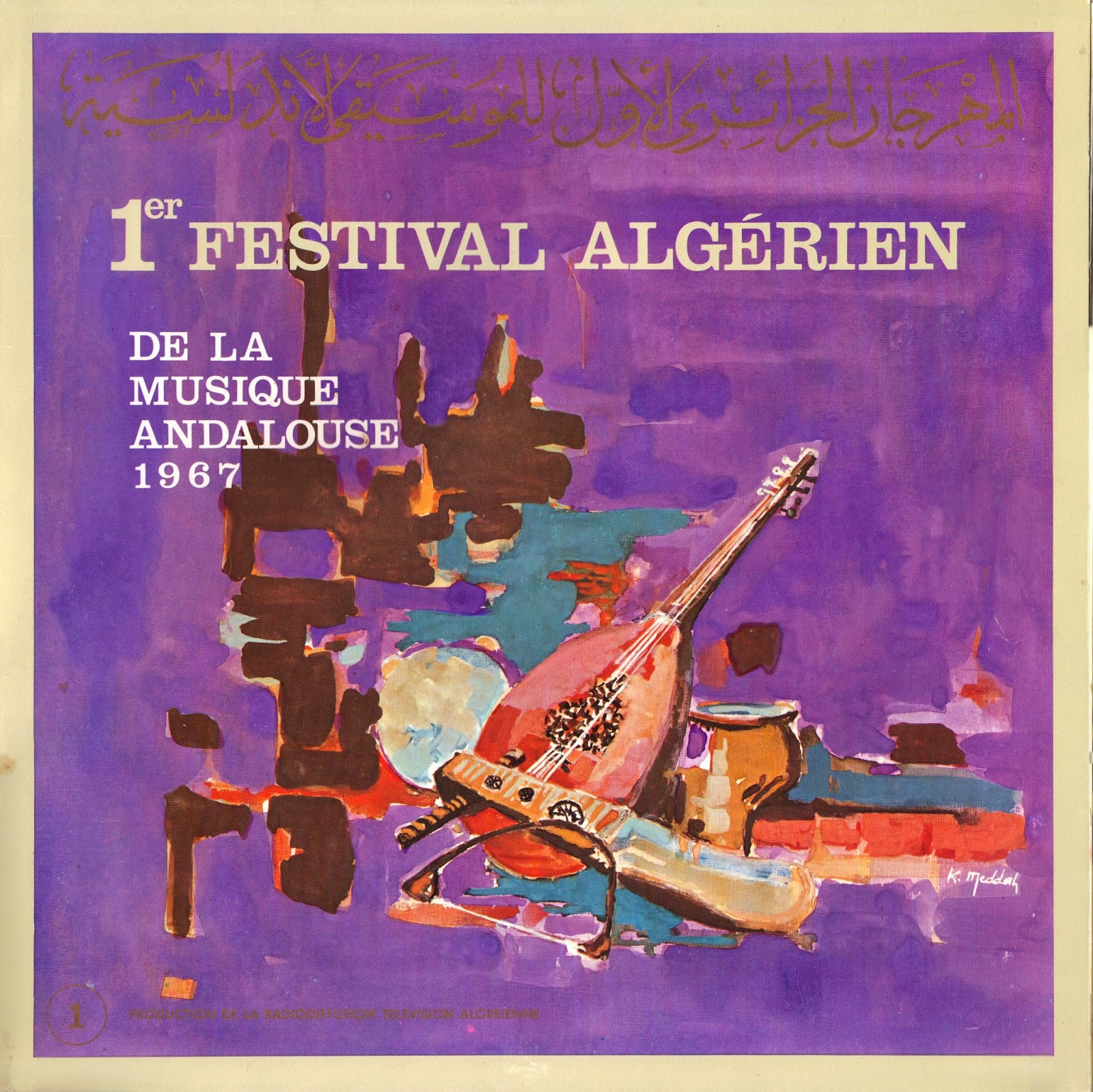
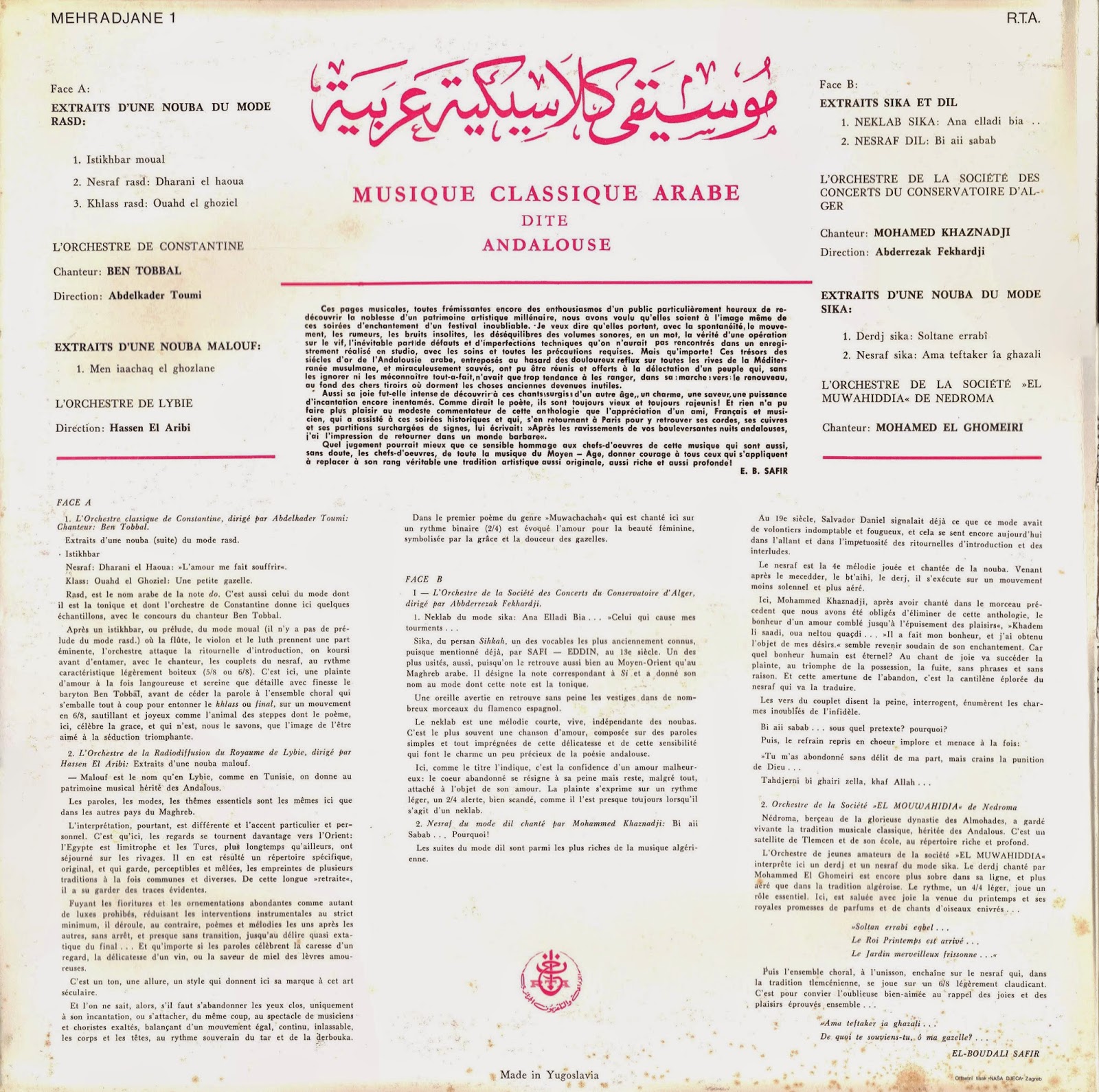
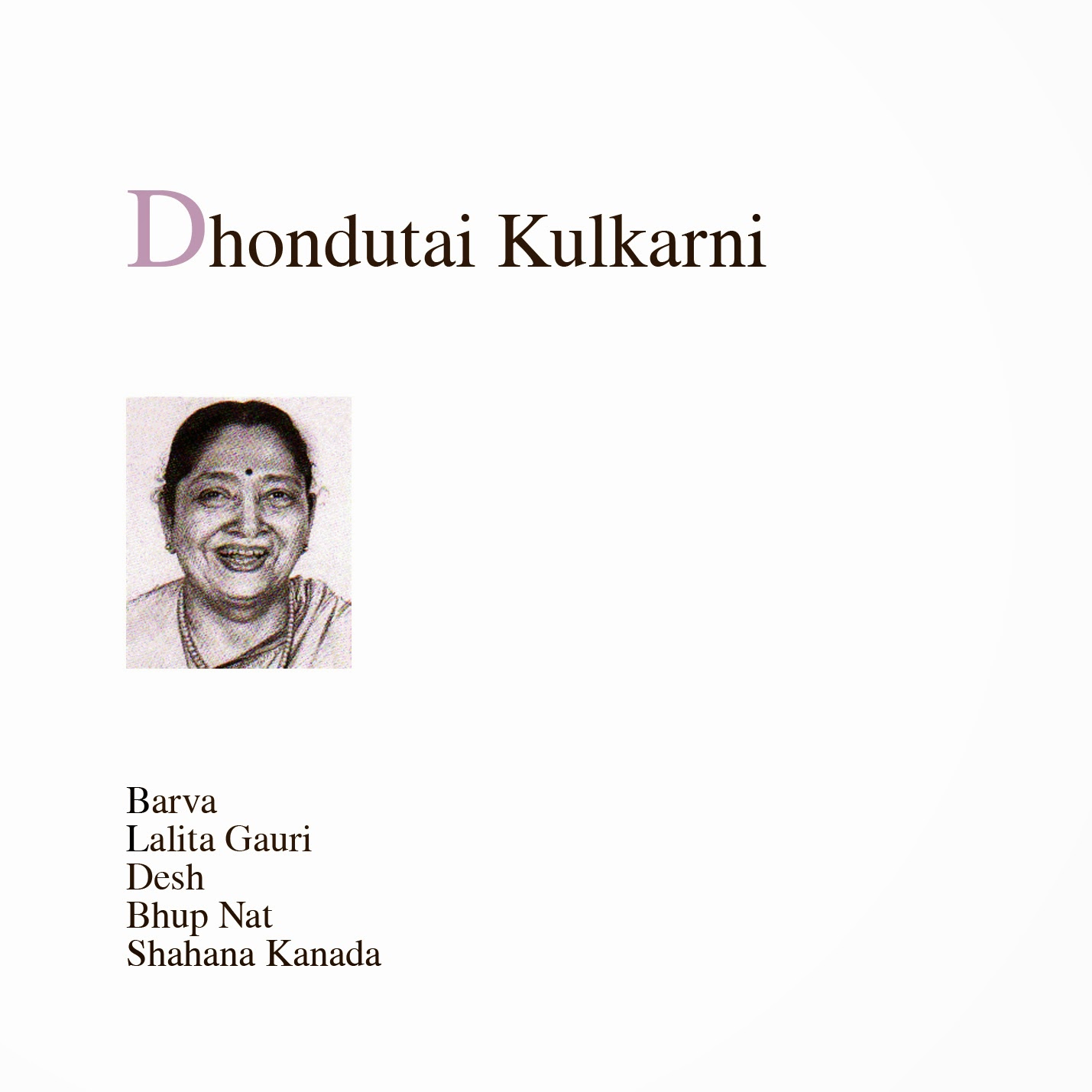
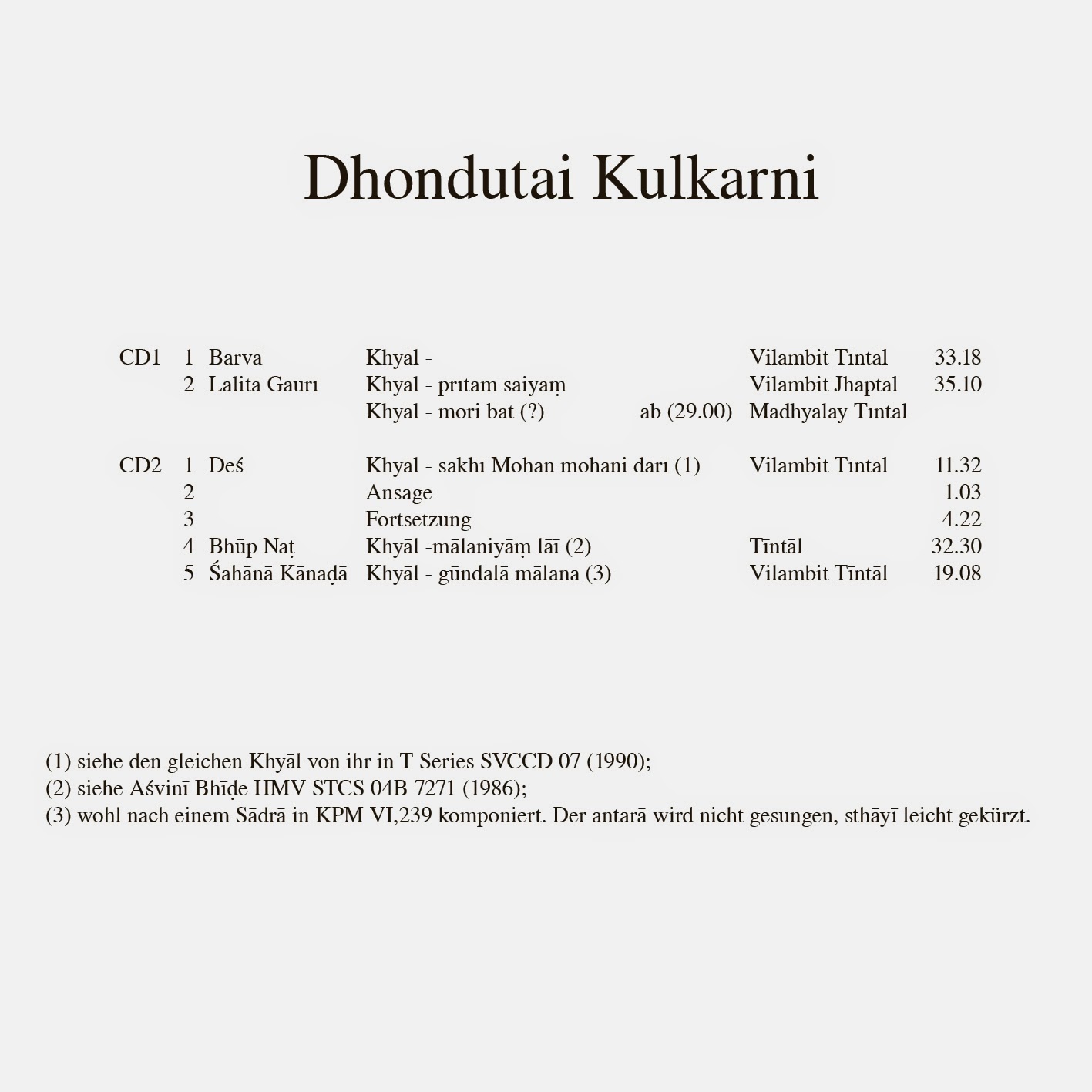
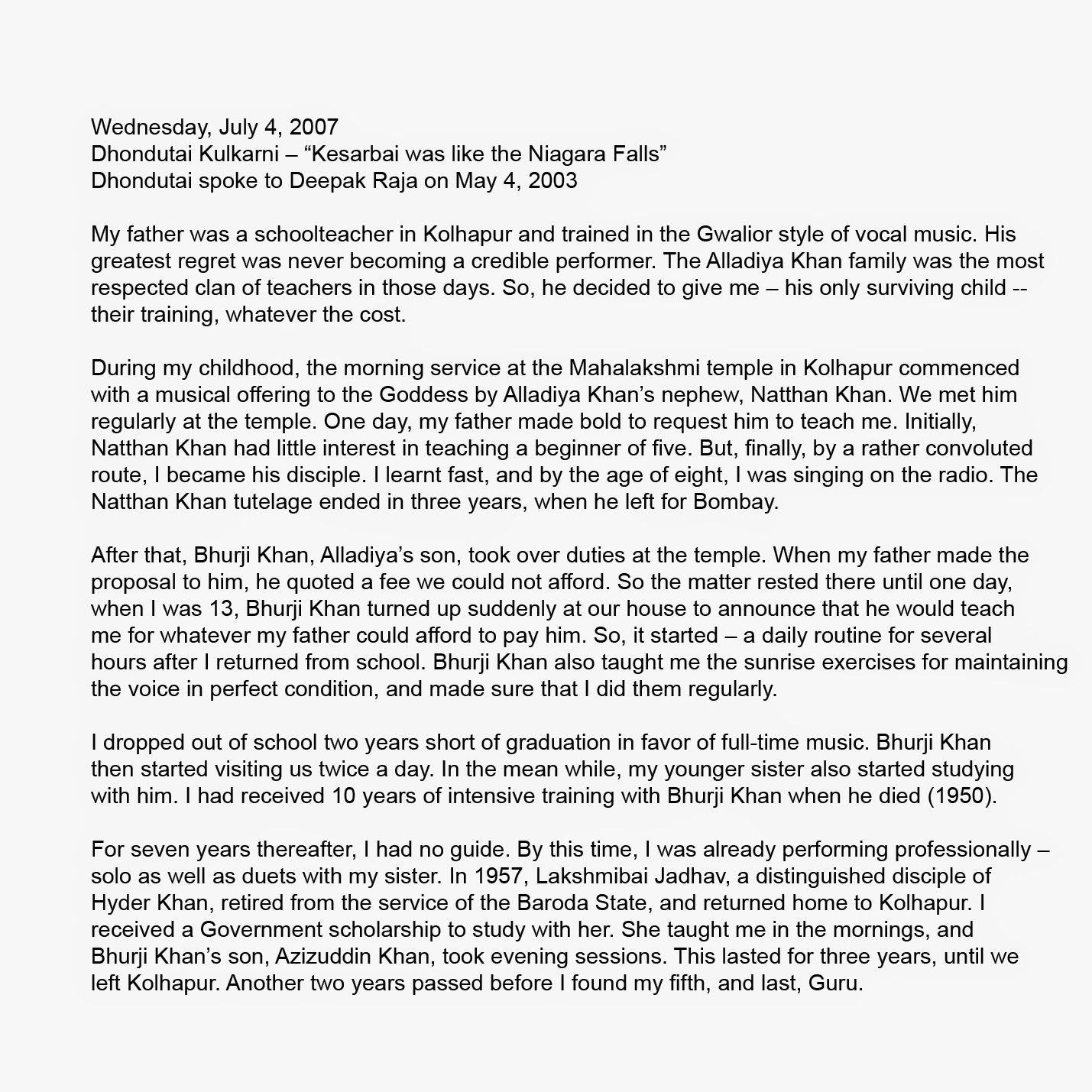
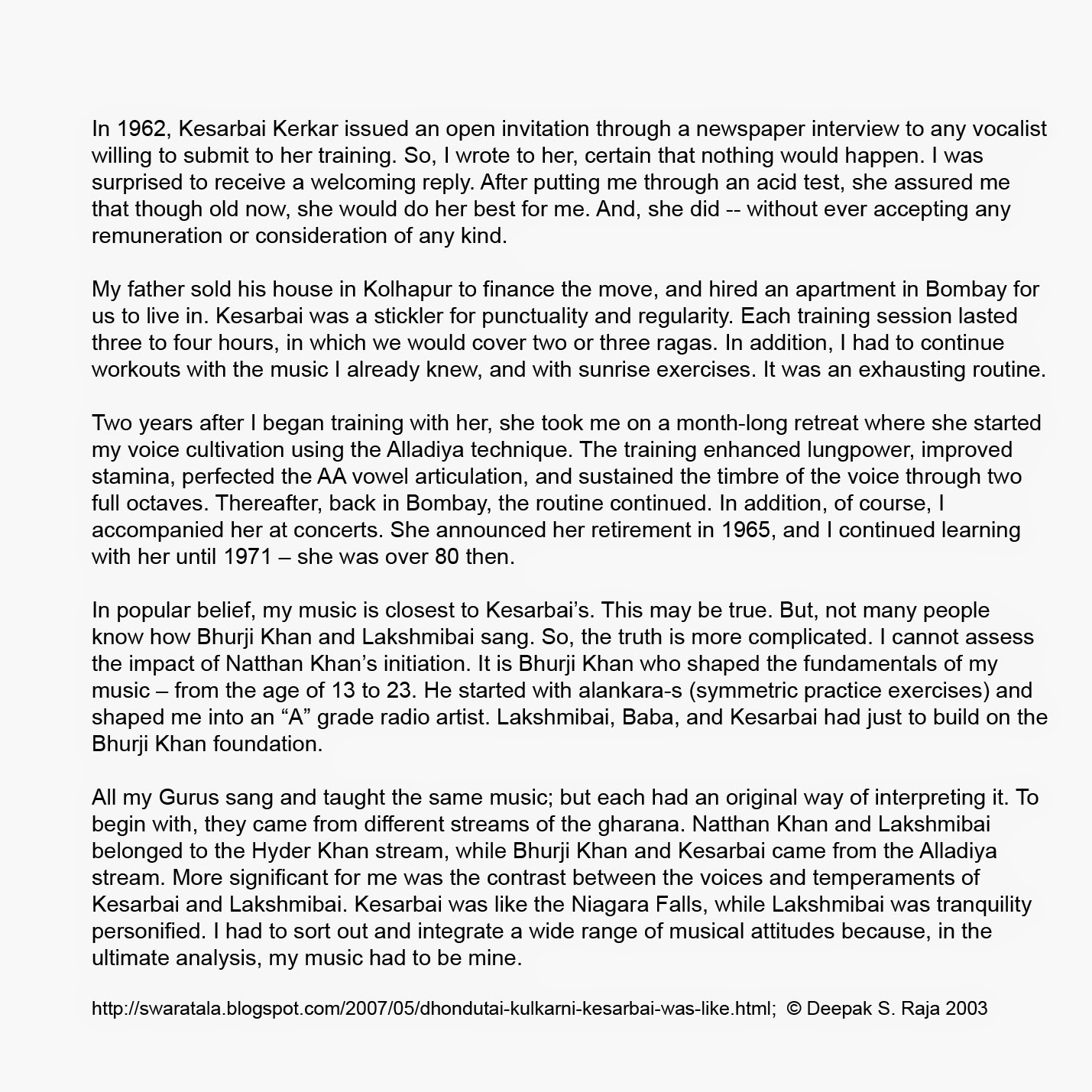
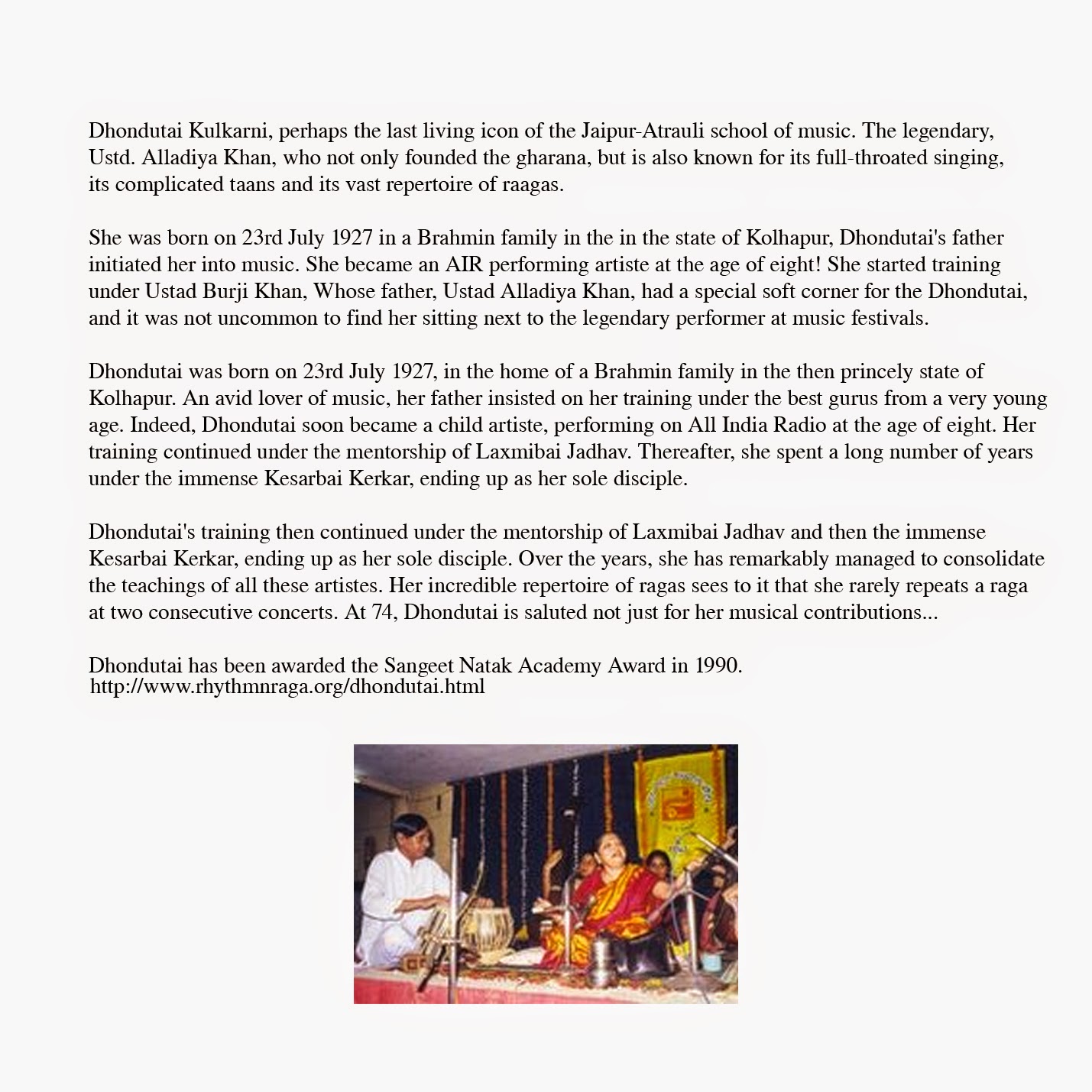
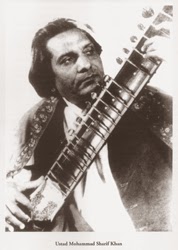
%20-%20front.jpg)
%20-%20back.jpg)
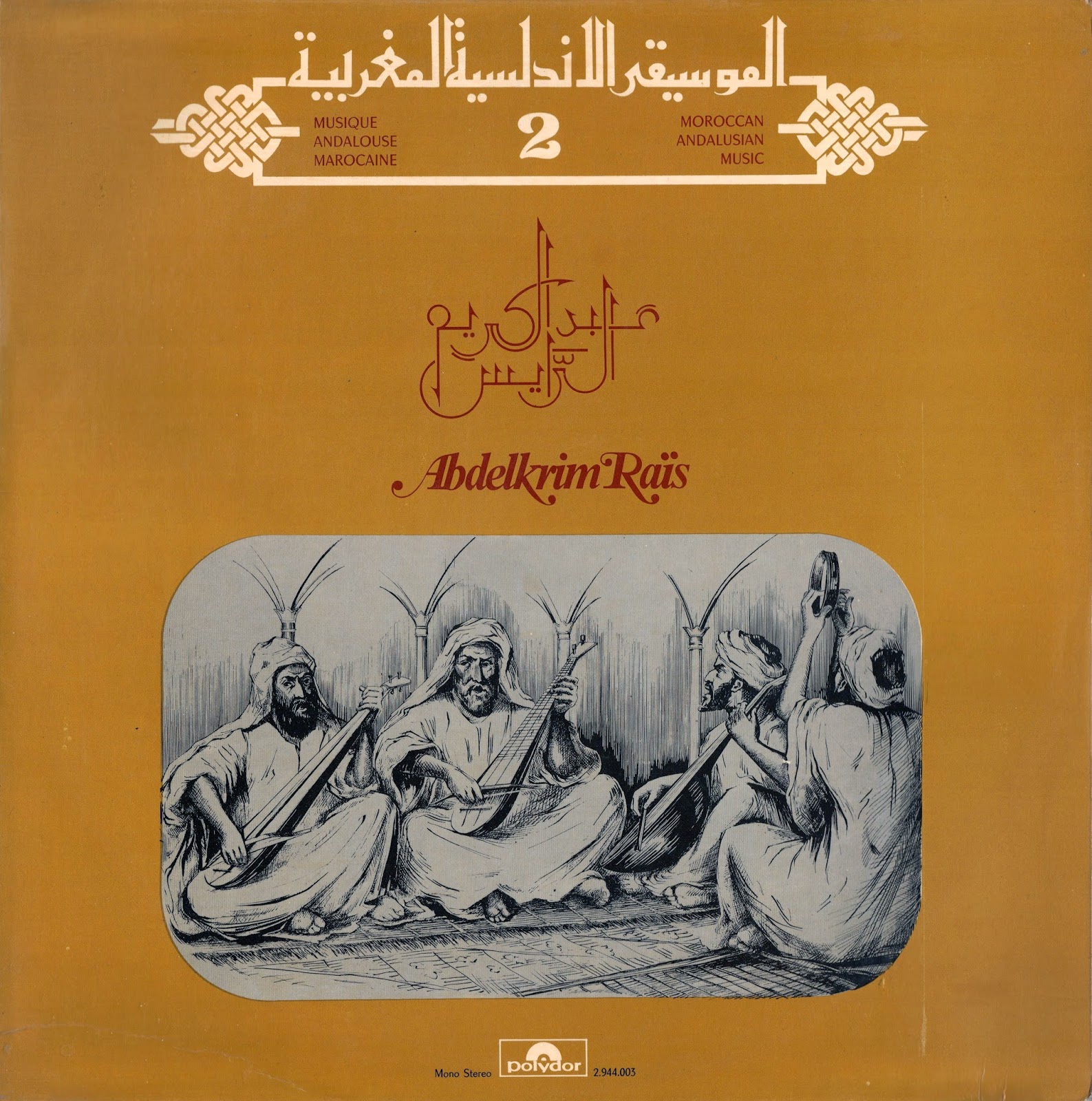
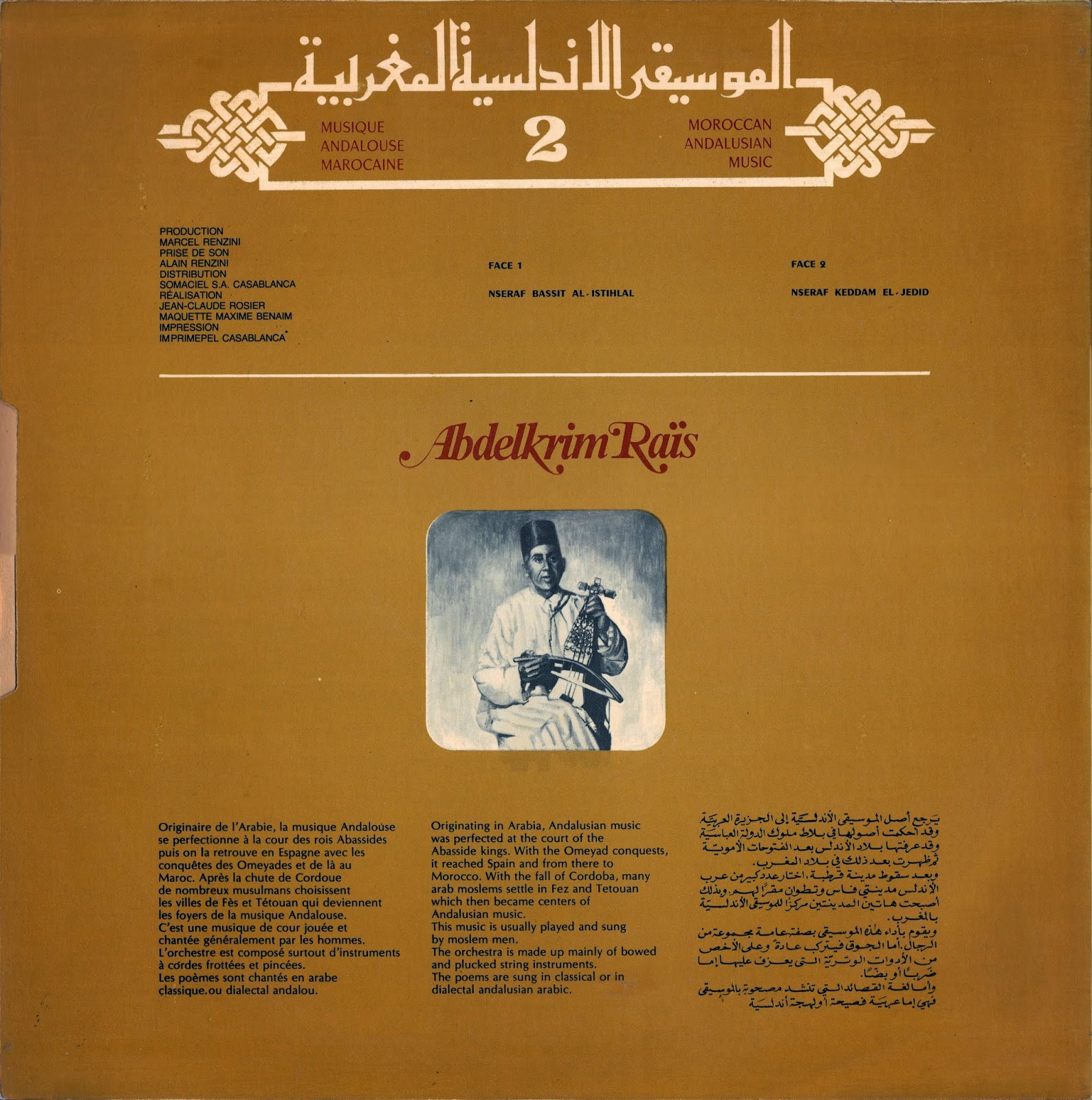
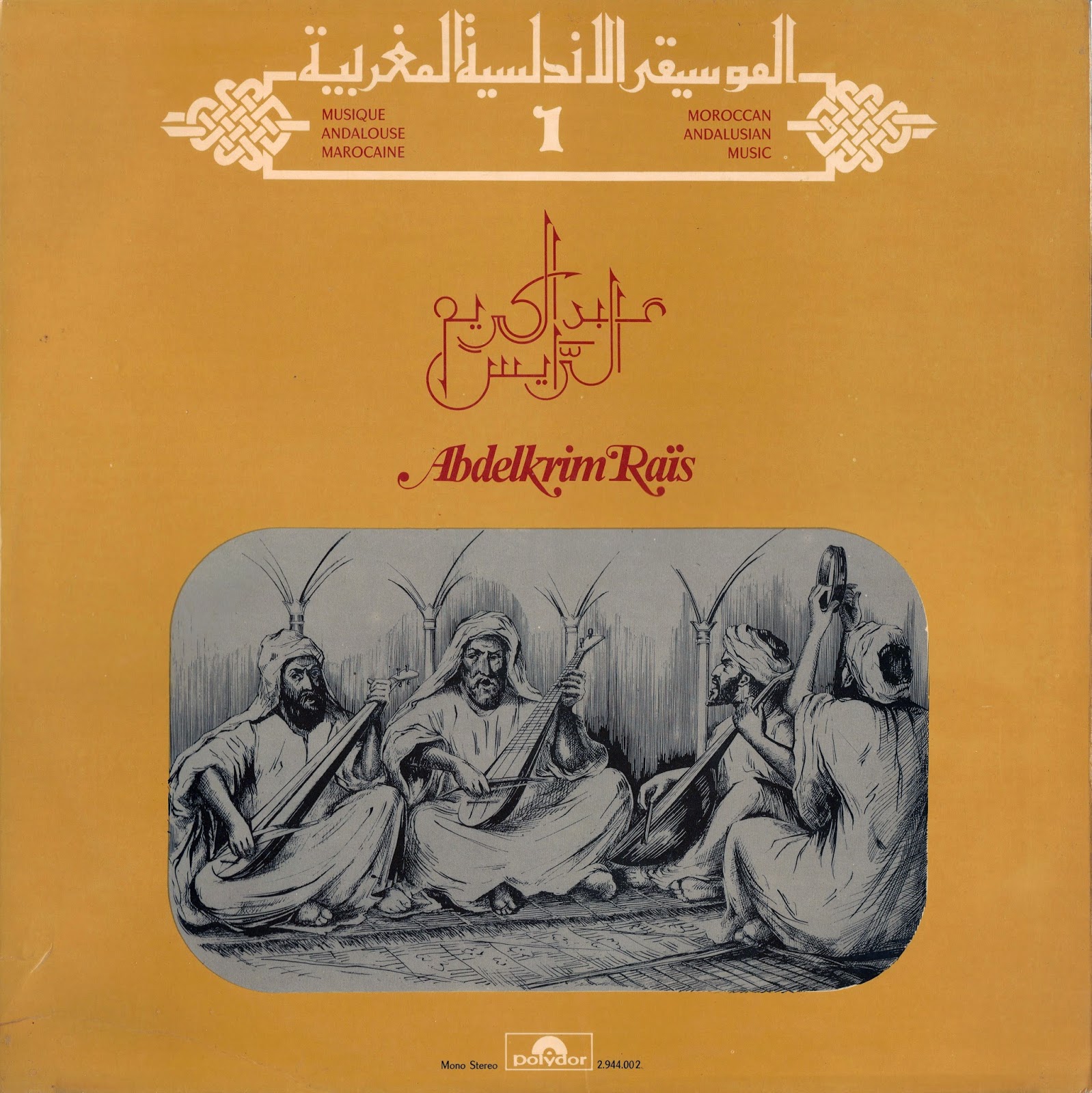
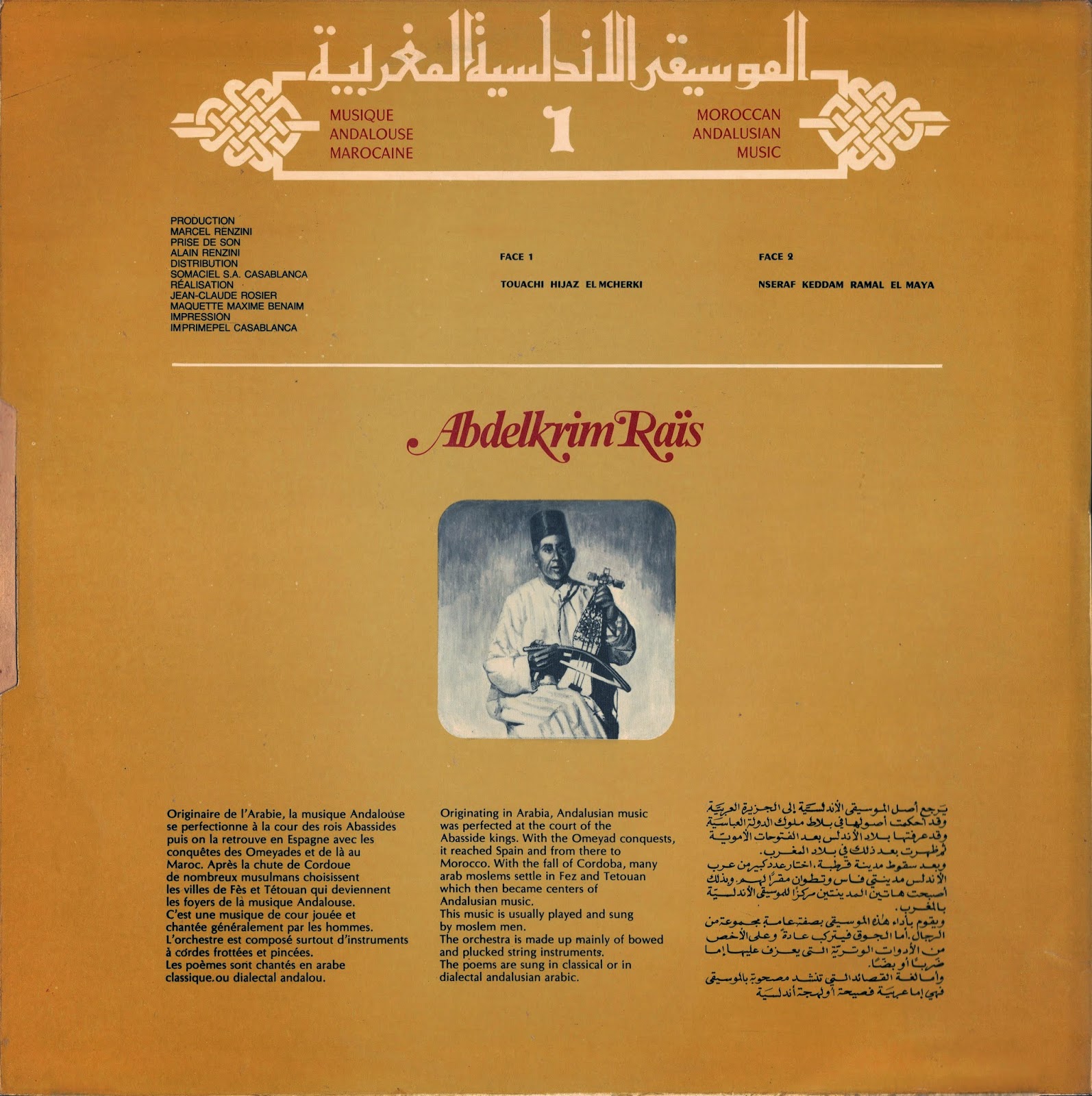

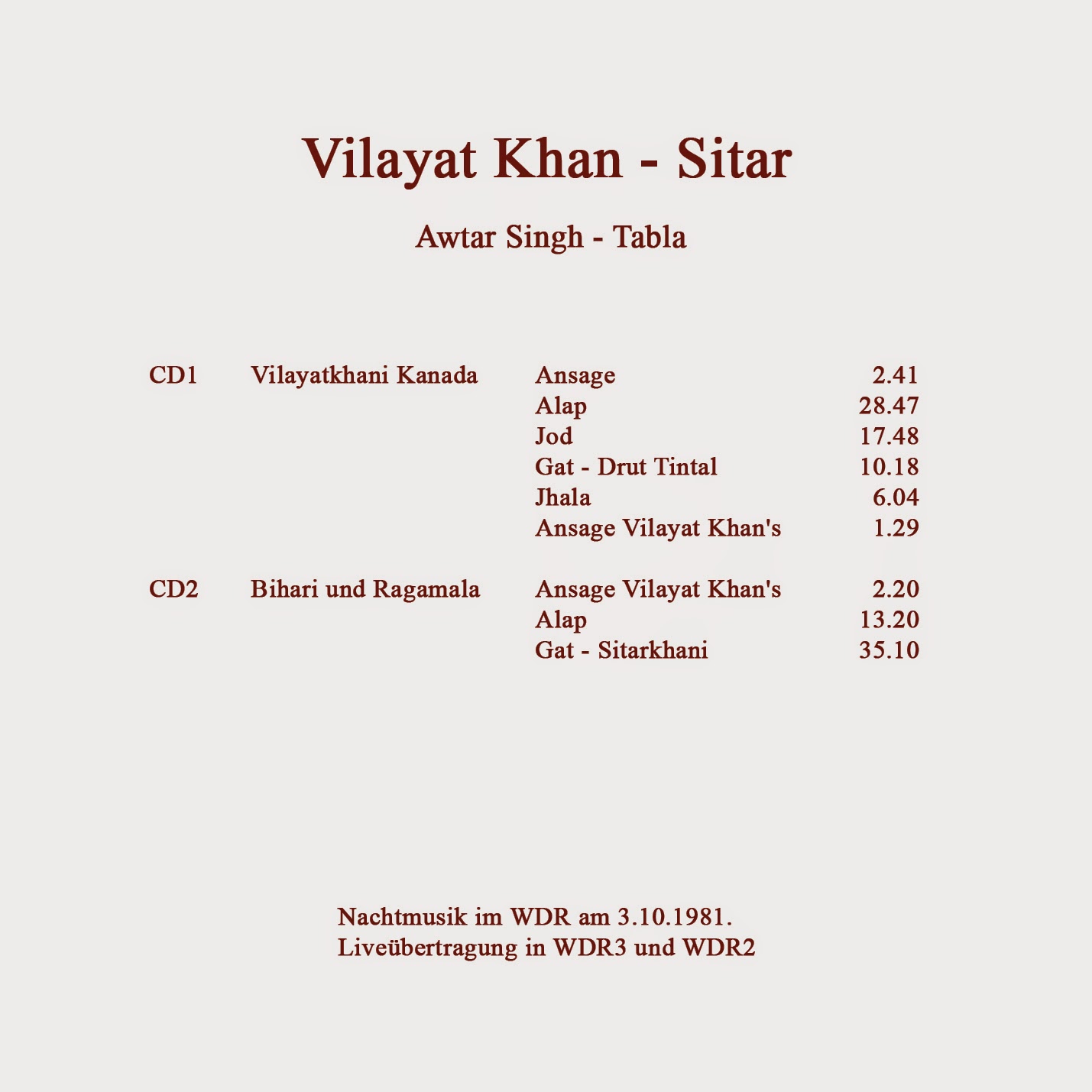
![[RMM.jpg]](../3.bp.blogspot.com/_ikNA-qTOdWM/SloNq4JTOfI/AAAAAAAAAkQ/fO6tUvN_NXw/s400/RMM.jpg)